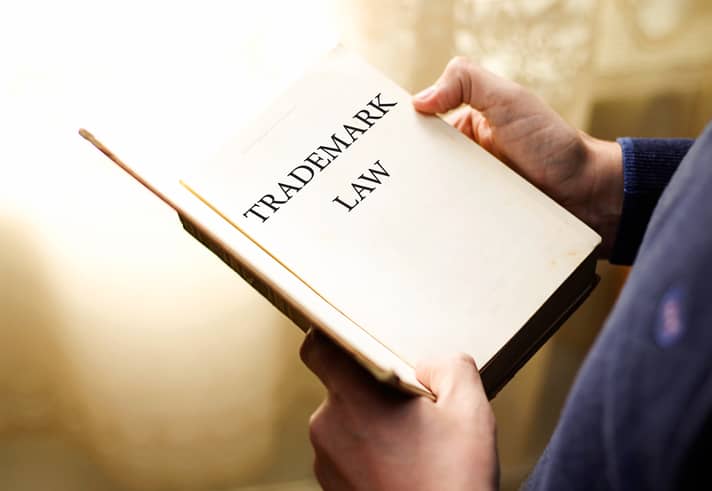As a business owner, protecting your business identity may be among the most important things on your mind. It’s your livelihood, after all! Registering for a trademark is one way to protect the intellectual property associated with your business.
What Is a Trademark?
Trademark law is about protecting your brand, logo, slogans, and other intellectual property associated with your business. Its purpose is to prevent consumer confusion and ensure the public understands the difference between your goods or services and those of competitors.
A well-known example of a trademark is the swoosh, a trademark owned by Nike. The company often doesn’t even use its name in its advertising because the swoosh is so recognizable to consumers and emblematic of Nike. Because the symbol is protected through federal trademark law, other businesses cannot use the swoosh symbol to market their products; it is exclusively Nike’s.
There are two symbols associated with trademarks that you should be aware of: ™ and ®.
The TM has no legal meaning, but people may choose to use it as they’re awaiting confirmation of their trademark. It can be used on any of your business assets, as long as you’re not encroaching on someone else’s registered trademark.
The R doesn’t provide any legal protection, per se, but it is used to notify the public that the trademark is registered with the U.S. Patent and Trademark Office (USPTO).
How to Apply for a Trademark
Unlike copyrights, trademarks are not automatic. You must apply for a federal trademark through the USPTO. States have common law trademark policies; however, these protect you only in the state in which your business operates.
To successfully obtain a trademark, you must use the mark you’re trying to protect in connection with sales of goods or services. You must demonstrate the use in the application process by showing examples of it on your website, in marketing materials, or in other creative assets.
Once approved, you must renew your trademark with the Patent and Trademark Office every 10 years and prove you’ve been using it in commercial material. If your brand becomes “generic,” like a tissue being called a Kleenex, then you can lose trademark law protection, however, this is rare. Someone can also challenge your trademark protection, which is why it’s important to apply for protection in the first place.
Benefits of Trademarking
Once you own a trademark, you are free to use it in conjunction with selling your products and services. This is beneficial because the act serves as the beginning of building a unique brand in your category. Note, however, that a company with the same name in a different category is not prohibited from trademarking their name. For example, a company called Southwest Clothing is not violating Southwest Airlines’ trademark by incorporating Southwest in the name.
As a trademark owner, you can file a lawsuit if you believe your trademark has been used without authorization. If you’re able to prove infringement in court, you may be able to obtain a court order for the defendant to stop using the mark and even receive monetary relief from the defendant using the mark. The basis for making a case is the likelihood of confusion among consumers due to the degree of similarity of the registered trademark.
“Going through the trademark process, some people wonder if it’s worth protecting your trademark by federally registering it with the Patent and Trademark Office. If you would like to have national protection for your business (and the mark), or if your business is online, for example, then the answer is yes, it is definitely worth pursuing a trademark,” says Lynnise E. Pantin, Pritzker Pucker Family Clinical Professor of Transactional Law at Columbia Law School. “Registration also makes it easier to prove ownership, which makes it easier to license or sell your business in the future. This is why intellectual property is tied to your exit strategy for your business and where you want to go and end up with your business,” says Pantin.
When Should You Trademark?
Understanding the importance of trademarking your intellectual property during the early stages of your business is critical. Remember that you must have examples of use; if you are selling products or services and don’t have a trademark, now is the time to think about it. If you are still in the ideate phase, do some research. Search trademarks in the Patent and Trademark Office before you decide to apply using the Trademark Electronic Search System (TESS). Your research will help you determine if your idea is taken already and will steer you away from applying for something that will ultimately be rejected for likelihood of confusion with another trademark.
Trademarking your intellectual property should be as automatic as balancing your books or ordering inventory. It is essential to protect the future of your business, and it should always be considered as your business evolves and grows.
